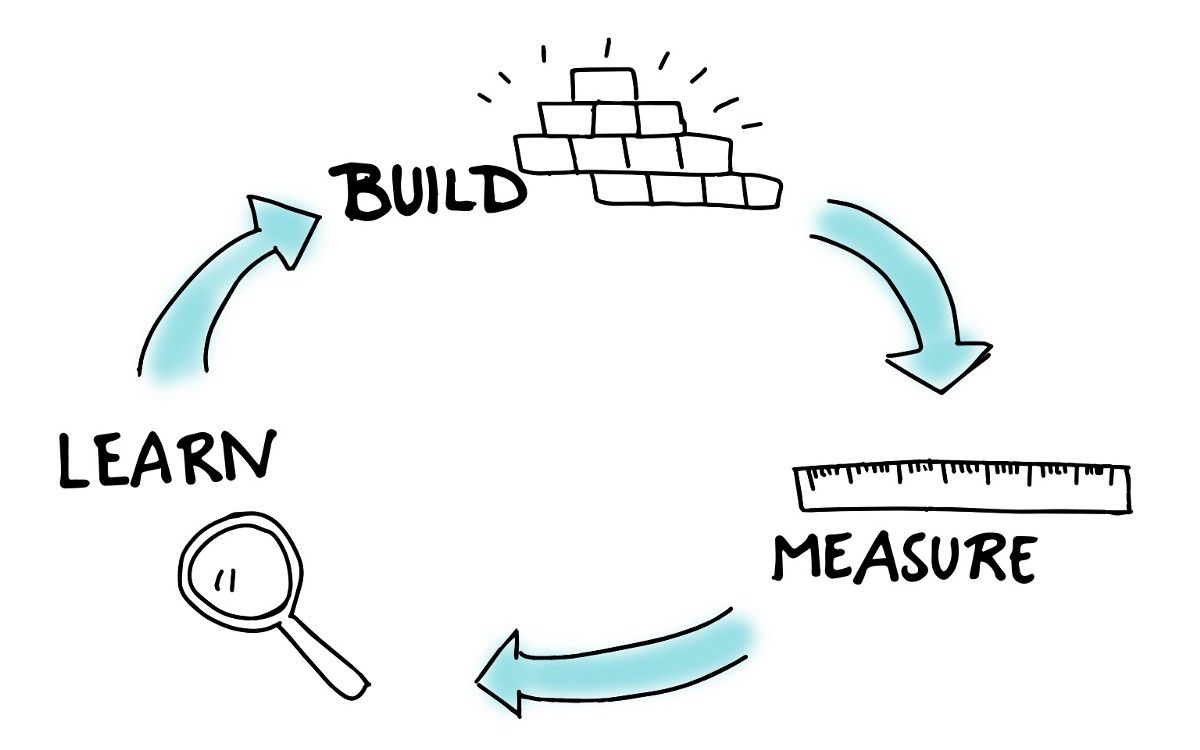How do we test it faster
We have all heard about the Build, Measure, Learn loop from Lean Startup. It’s a modern way of describing a true agile product development process. But how do we speed up the process? How do we make sure that we get true insights, run fast tests and learn the right things?
At Trustpilot we meet up in the product mangement team each week to discuss how we test faster and as a leader of product managers I strive to always ask “the question” when a product manager is showing me a test she wants to run.

Why test it faster? Testing is expensive, it requires developer, UX/Design and PM resources to plan, develop and deploy a test. It takes time to run a test and there is an opportunity risk connected to the test.
Can we somehow lower the cost by scaling the test down? By doing less, can we still get quality measurements we can learn from?
One of my teams is currently working on encouraging more of our clients on our free product to upgrade to paid features. They are doing discovery on both bigger UX flow changes, but also smaller UI improvements.
I just had a talk with the product manager, we talked about the development time of the test and how we could test it faster. I came to think about a landing page I saw the other day from Amazon.

This landing page is the perfect answer to “How do we test it faster?”. If you look at it, the detailed text below the navigation is static images. My guess is that a designer quickly mocked it up, exported the images and embedded them in the HTML, no developer needed.
Time to test is now hours, not days.
No, this page is not production ready or Done Done. No, its not perfect. No, they will not get any SEO value. No, it’s not responsive. Yes, they will have learnings a hell of a lot faster then if they had to build it. Yes, they saved a lot of development resources if the test failed and Yes, their developers are now only working on stuff they have validated.
Marty Cagan says it all:
“The truth is that at least half of our ideas are just not going to work.”
No matter how smart we are, we will never know what will work until we test it. Our responsibility as product managers is to find the ideas that work in the haystack of crap that sounded brilliant—as quickly as possible.